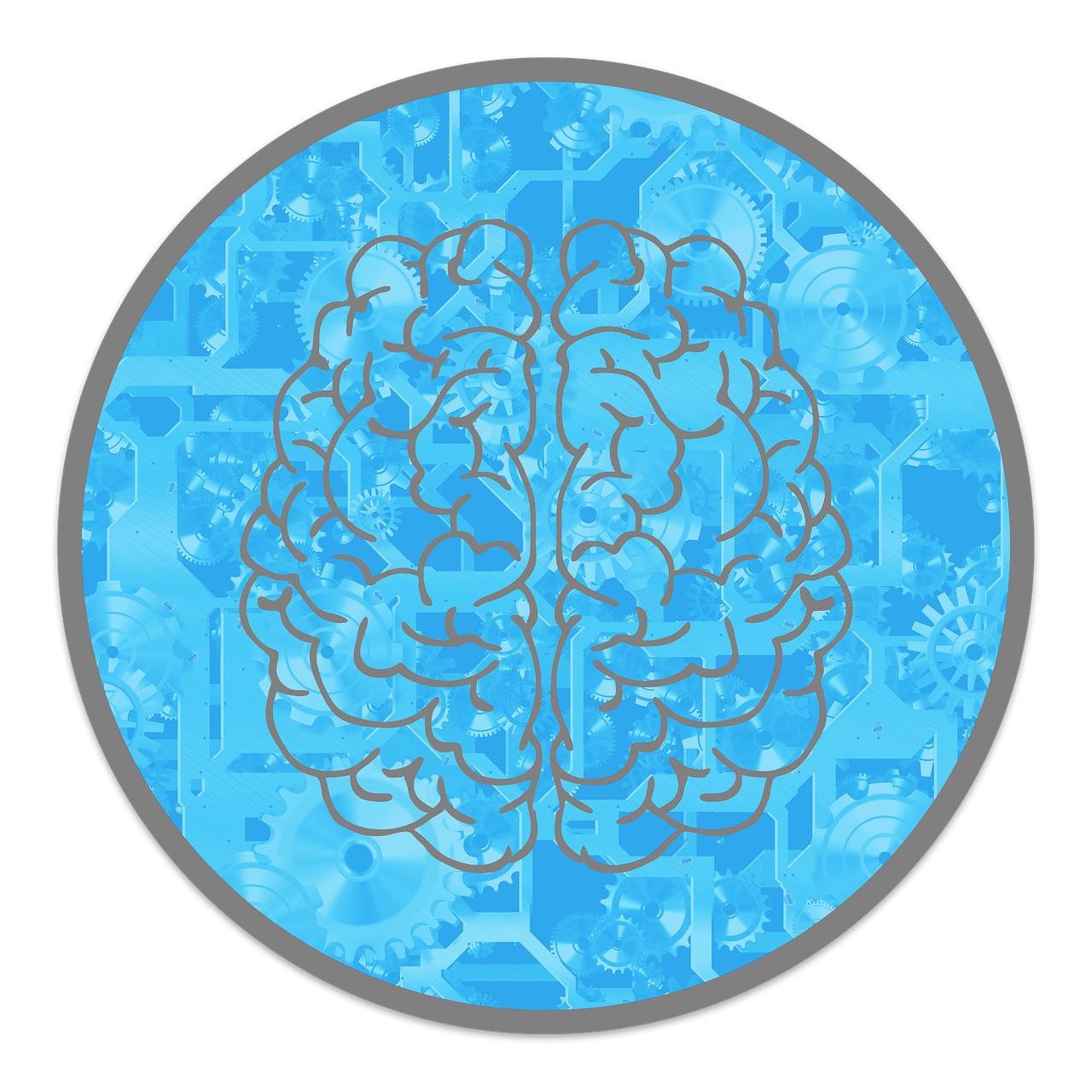
The human brain is a marvel of complexity, orchestrating our thoughts, emotions, and actions.
However, this intricate organ can sometimes experience disorders that are as baffling as they are rare.
In this article, we’ll explore some of the most unusual brain disorders you’ve likely never heard of, shedding light on their characteristics and the importance of continued research.
Understanding Brain Disorders
Brain disorders encompass a wide range of conditions that affect the brain’s structure and function.
They can result from genetic anomalies, injuries, infections, or unknown causes, leading to various cognitive, emotional, and physical symptoms.
Classification of brain disorders
Brain disorders can be grouped into different categories based on their causes and effects.
Here are the main types:
Neurodegenerative diseases
These conditions, like Alzheimer’s and Parkinson’s disease, cause brain cells to slowly break down over time.
This leads to memory loss, movement issues, and other serious problems.
Mental health disorders
Disorders like depression, anxiety, and schizophrenia affect a person’s thoughts, emotions, and behavior.
They can impact daily life but are often manageable with the right treatment.
Traumatic Brain Injuries (TBI)
These happen when a sudden blow or force injures the brain.
Concussions and severe head injuries can lead to lasting effects on thinking, memory, and movement.
Infectious diseases
Some brain disorders are caused by infections, such as meningitis, which occurs when harmful bacteria or viruses attack the brain and spinal cord.
Rare neurological disorders
These are less common conditions that can be difficult to diagnose and treat.
They often require specialized care and research to understand their effects.

Unusual Brain Disorders
The human brain is incredibly complex, and sometimes, rare conditions can cause it to function in strange and unexpected ways.
Here are some of the most unusual brain disorders:
Prosopagnosia (face blindness)
Imagine not being able to recognize your own family, friends, or even yourself in a mirror.
That’s the reality for people with prosopagnosia, also known as face blindness.
This condition can be present from birth or develop after a brain injury.
While their vision works perfectly fine, their brain struggles to process facial features, making social interactions difficult.
Capgras syndrome (impostor syndrome)
People with Capgras Syndrome believe that someone close to them—like a family member, friend, or even a pet—has been replaced by an identical impostor.
This can be extremely distressing, as they truly feel their loved ones are strangers pretending to be someone they know.
Capgras Syndrome is often linked to conditions like schizophrenia, dementia, or brain injuries.
Alien hand syndrome
What if your own hand had a mind of its own?
That’s what happens in Alien Hand Syndrome.
A person’s hand may move, grab objects, or even undo actions performed by their other hand—all without their control.
This rare disorder usually occurs after brain damage, such as a stroke or surgery affecting the corpus callosum, the part of the brain that connects its two halves.
It can be frustrating and unsettling, as people feel like their hand is acting independently.
Cotard’s syndrome
In Cotard’s Syndrome, a person believes they are dead, don’t exist, or have lost their organs.
This extreme delusion often leads to severe depression and social withdrawal, as the individual may feel detached from reality.
It’s usually linked to mental health disorders like schizophrenia or severe depression and requires medical and psychological treatment.

Rare Neurological Disorders
Some neurological disorders are so rare that even doctors may never encounter them in their careers.
Here are a few of the rarest and most puzzling neurological disorders:
Alternating Hemiplegia of Childhood (AHC)
AHC is a rare neurological disorder manifesting in early childhood, characterized by recurrent episodes of paralysis affecting one or both sides of the body.
These episodes can last from minutes to days and are often accompanied by other symptoms like abnormal eye movements and developmental delays.
The exact cause remains unknown, and treatment focuses on symptom management.
Stiff Person Syndrome (SPS)
SPS is a rare autoimmune neurological disorder characterized by severe muscle stiffness and spasms.
Individuals may experience heightened sensitivity to stimuli such as noise or touch, triggering painful spasms.
The cause is believed to involve an autoimmune response affecting the central nervous system.
Treatment includes muscle relaxants and immunotherapy.
Kleine-Levin Syndrome
Often referred to as “Sleeping Beauty Syndrome,” this disorder involves recurring episodes of excessive sleep, lasting up to 20 hours a day.
During episodes, individuals may also exhibit altered behavior, such as binge eating and hypersexuality.
The cause is unknown, and there is no definitive treatment, with episodes typically decreasing in frequency over time.

Other Notable Disorders
Creutzfeldt-Jakob Disease (CJD)
CJD is a rare, degenerative, and fatal brain disorder affecting about one in a million people worldwide annually.
It leads to rapid mental deterioration, with symptoms including memory loss, behavioral changes, and lack of coordination.
The disease progresses quickly, often resulting in death within a year.
CJD is caused by abnormal proteins called prions that damage brain tissue.
Hemispatial Neglect
Hemispatial Neglect is a condition where individuals fail to be aware of objects or even their own body on one side, typically following a stroke affecting the brain’s right hemisphere.
For example, a person may eat only the food on the right side of their plate, ignoring the left side entirely.
This isn’t due to visual impairment but rather a deficit in attention and awareness.
The Importance of Awareness and Research
Even though these disorders are rare, they show just how complex the human brain is and why continuous research is so important.
In Europe, a disease is classified as rare if it affects fewer than 5 in 10,000 people.
While each condition may seem uncommon on its own, rare neurological diseases collectively make up a significant portion of brain-related illnesses worldwide.
Understanding these disorders is not just about finding treatments—it’s also about supporting those affected.
Many people struggle for years without a diagnosis, and raising awareness can help them get the right care sooner.
More research can lead to better treatments, earlier detection, and improved quality of life for both patients and their families.

Final Thoughts
The human brain remains one of the most enigmatic organs, capable of astonishing feats and, occasionally, bewildering disorders.
By exploring these unusual brain disorders, we gain insight into the delicate balance required for normal brain function and the profound impact when that balance is disrupted.
Continued research and awareness are crucial in unraveling these mysteries and providing hope for those affected.


